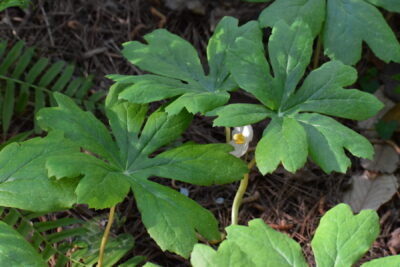

Scientists can tell a lot about a plant by taking a closer look at its leaves. For years, researchers have been studying the unique features of these leaves to learn more about trends in different plant species. For example, scientists have found that trees that grow in colder environments and get plenty of access to water will usually have larger leaves with sharper edges. By comparison, similar trees in warmer climates will have leaves that are both smaller and smoother than those of their cold-weather counterparts.
Now, a new database is making life much easier for scientists who want to compare and contrast leaves and learn more about the finer points of plant morphology. The database contains information on the shapes of about 182,000 leaves, according to science journal Nature, and those leaves come from more than 140 plant families and from at least 75 different locations all across the globe. By using the database, scientists are hoping that they will be able to learn even more about how different environmental factors influence plant morphology.
In the past, this process has required a painstaking amount of the work on the part of researchers. With the development of this database, scientists will be able to study plant morphology in completely new ways. Some are interested in trying to better understand leaf shape diversity, while others hope the database will make classifying plants easier than ever. Ultimately, this great resource could lead to some exciting new insights into the mechanics of species diversity and plant morphology.

